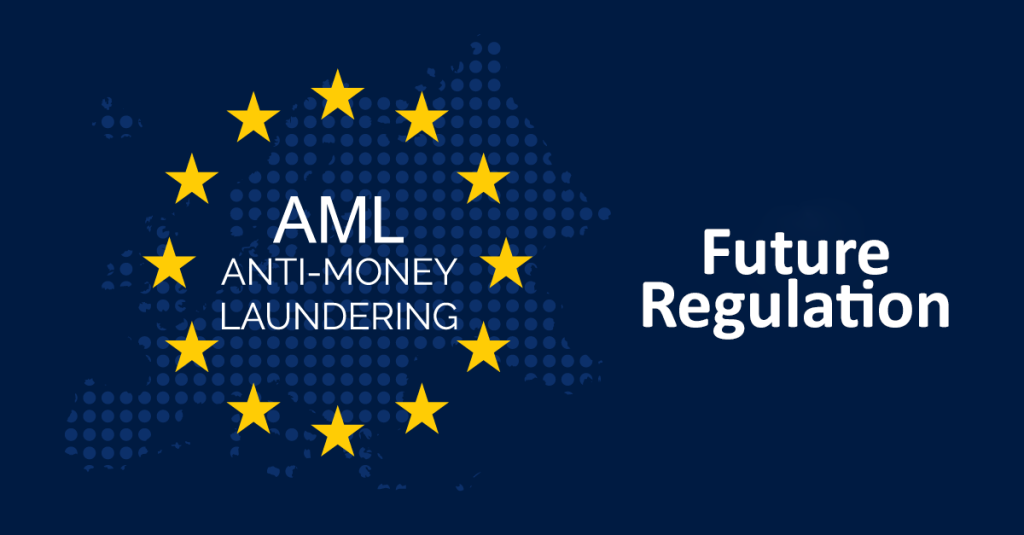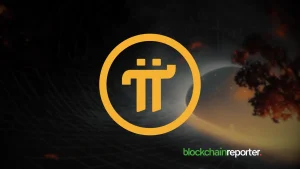
The European Parliament is currently working on draft rules for regulating the crypto sector within the European Union. As part of the draft rules, there was a provision for AML regulation that called for strict identification of those using non-custodial rules.
Strict AML Rule Dropped
The strict AML rule has not been dropped. This requirement, called the “travel” rule, had caused quite a stir in the cryptocurrency sector. While this provision has been removed, the MiCA rules are still comprehensive and will cover all crypto sector areas.
A non-custodial wallet is a wallet address where users hold their private keys. In June, the EU went ahead with the “Travel Rule” proposal. All crypto transfers to non-custodial wallets had to have known participants. The aim was to fight money laundering and terror financing. Its goal is to track the source and destination of funds and their beneficiaries.

Details of Updated MiCA
MiCA proposed a few years back to attempt to regulate the crypto sector when ICO scams were prevalent. Lawmakers at the time realized they did not have the legal tools and the infrastructure needed to protect EU citizens.
Since they were first proposed, numerous changes have been made to the rules. These changes reflect the fast-evolving nature of the sector. For instance, amendments have been made to cover Decentralized Autonomous Organizations (DAOs), Decentralized Finance (DeFi), and the NFT sector. The MiCA draft rules also target the Metaverse, which the EU parliament feels could be used for money laundering. Crypto asset providers operating in the EU will need to follow strict AML rules for transactions of over 1000 EUR.
Why the Rules Matter
The EU is the second largest economy in the world. Besides that, it has a sizable population of over 500 million people. In the current setup, crypto regulation is fragmented across the block. Each nation in the European Union has its own set of rules for crypto.
The confusing rules have made it impossible for some companies to operate in the EU. Besides that, it has meant that European investors are unwilling to gain exposure to the sector. Once MiCA passes, it will provide legal certainty. Legal certainty will provide investors with clear guidelines on how to approach the sector. It could lead to renewed interest in crypto investments in the EU.

Limitations of MiCA
While MiCA is positive overall, it does impose some restrictions. For instance, it limits stablecoin transactions to one million per day. For stablecoins not tied to fiat, the rules are so strict as to make it pointless to launch in the EU.
Summary
The final MiCA draft is expected to pass in the next six weeks. That means by December 2022; the EU should have a comprehensive framework for the crypto sector. It could spur other countries worldwide to follow suit and issue rules that closely mirror those of the EU.









